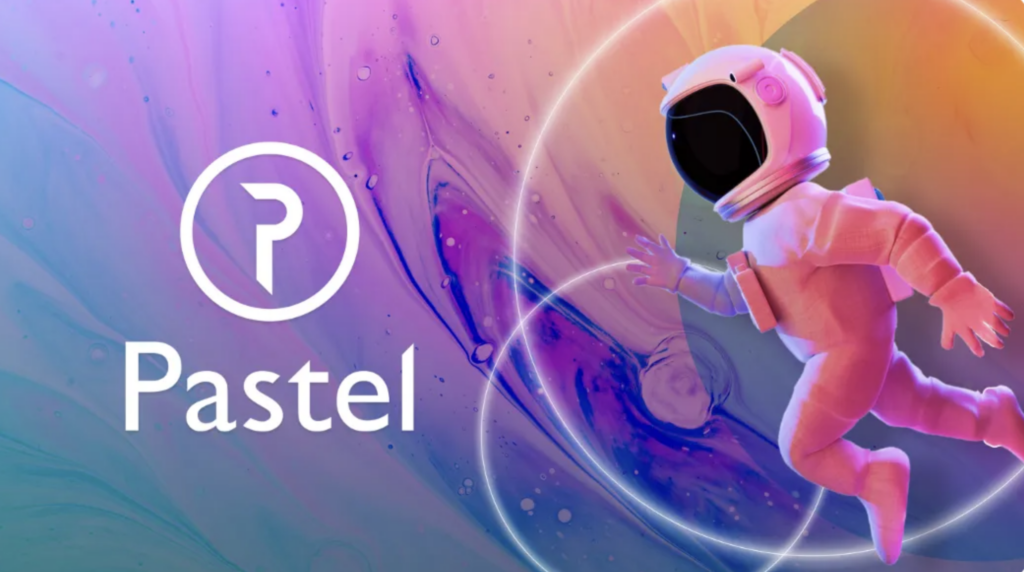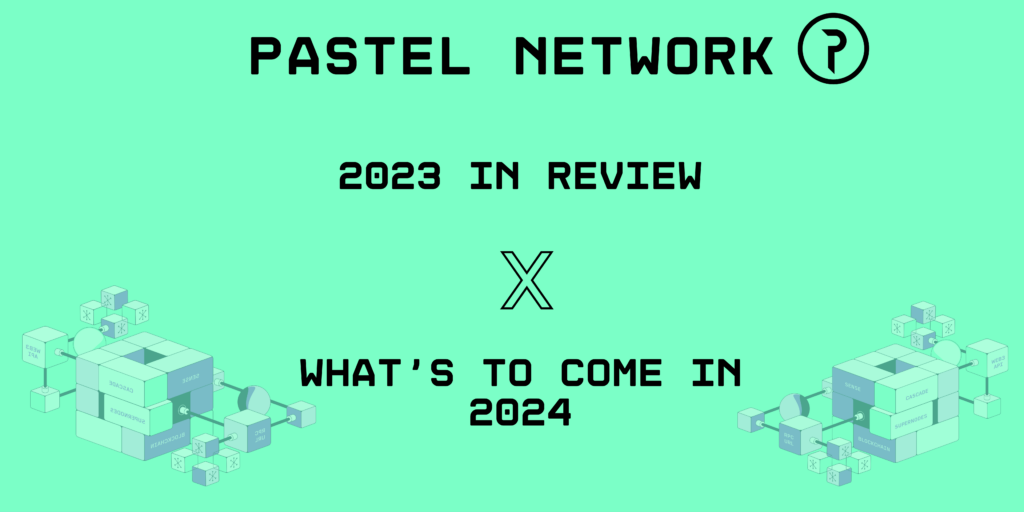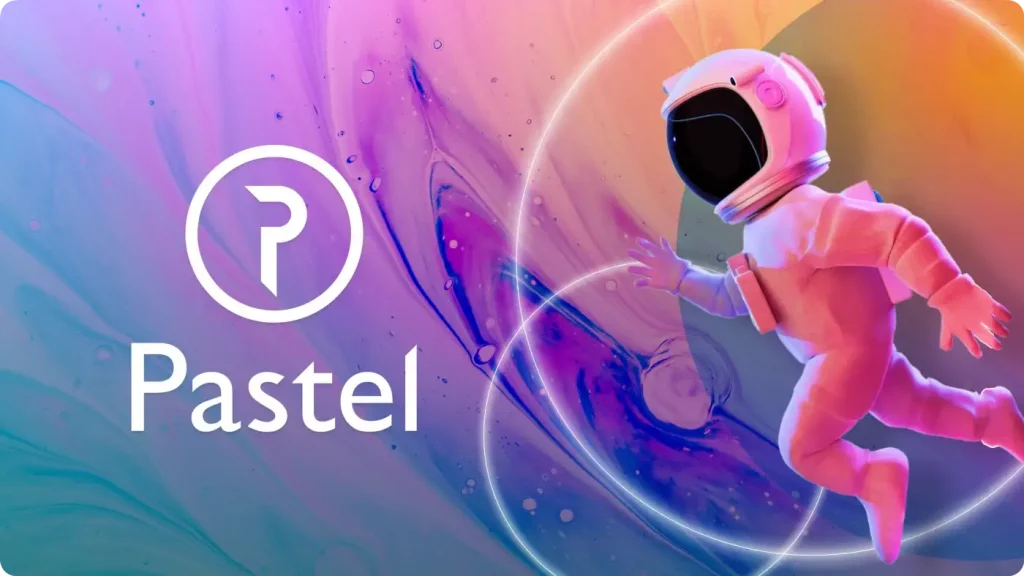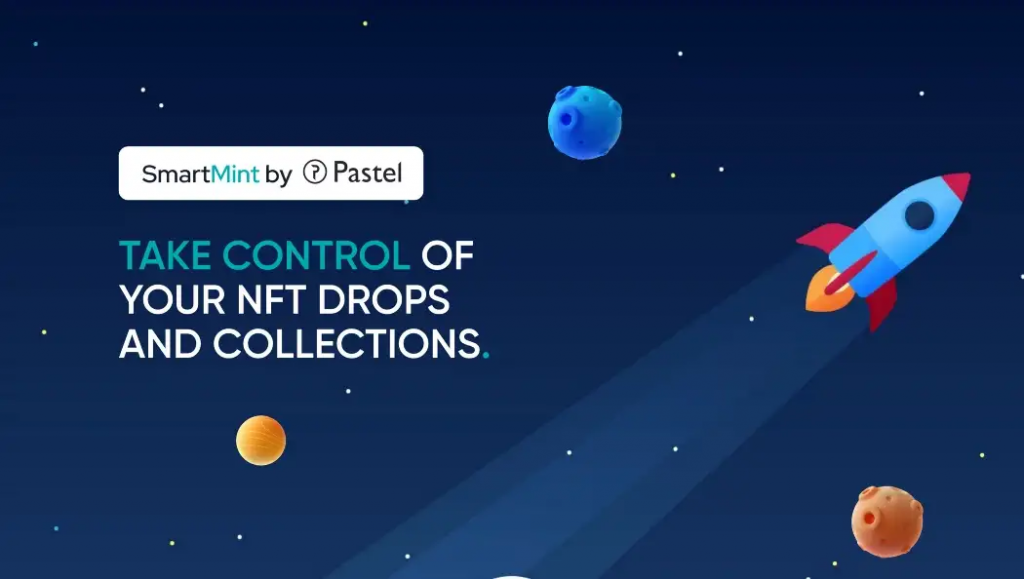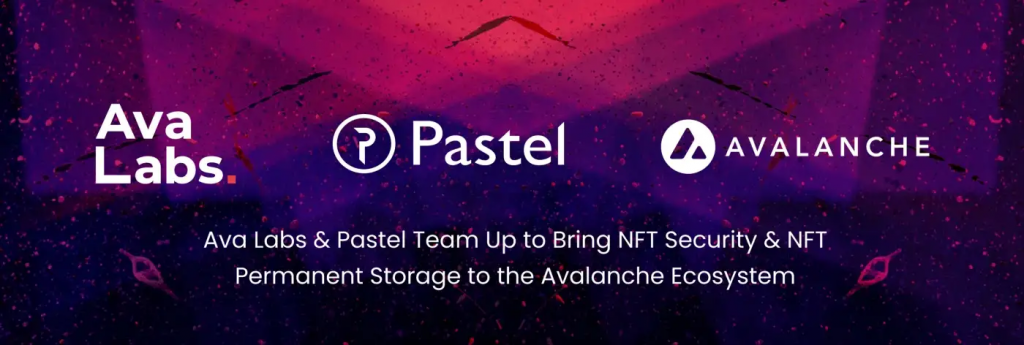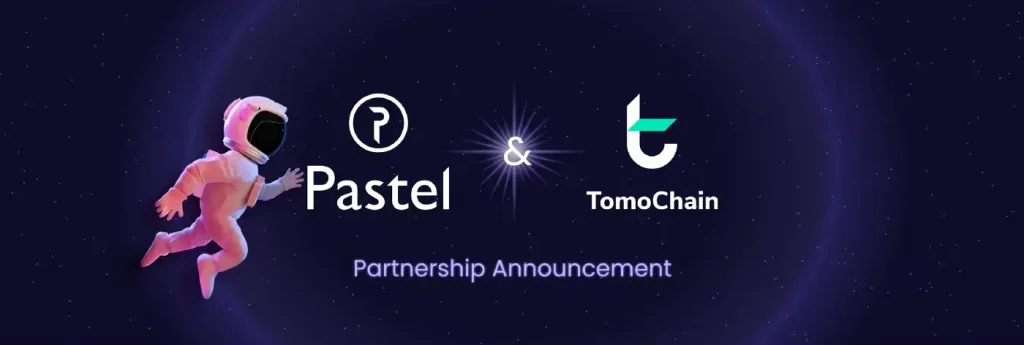Pastel Network is excited to announce that it will be working with Astar, a layer1 parachain in the Polkadot ecosystem. Astar provides the infrastructure for building dApps with EVM and WASM smart contracts offering developers true interoperability with cross-consensus messaging (XCM) and a cross-virtual machine (XVM). Astar and Pastel will collaborate with the goal of providing Pastel’s Web3 tooling solutions — Sense and Cascade — to its NFT ecosystem. This collaboration signifies the continued successes of both Pastel and Astar, and is a massive step forward for the overall NFT ecosystem. It is a testament to the growing need for NFT reliability, security and verifiability, solved via Pastel’s advanced infrastructure.
What is Pastel Network?
Pastel Network provides mission critical Web3 tooling to the NFT ecosystem. Pastel infrastructure enables existing layer-1 blockchains, decentralized applications, or third-party enterprises to protect creators and collectors. From digital collectibles & media to documents & applications, users and developers are able to certify asset rareness and truly store data forever. Lightweight protocols delivered by interoperable open APIs such as Sense and Cascade can be easily integrated across existing networks.
Pastel’s near-duplicate detection system, Sense, is a deep-learning based system that assesses the relative rareness between NFTs, which is used to detect scams / copyright infringement and provide certification of authenticity.
Pastel’s storage solution, Cascade, is a fully-distributed storage protocol that ensures permanent NFT data storage. Every validator (Supernodes) on the Pastel network holds a random, fragmented copy of data, ensuring that a user will never lose their NFTs. It is a pay once and store forever model that prevents centralized points of failure, ongoing maintenance, IPFS link rots, or 404 errors.
What will this collaboration entail?
Pastel is bringing its very powerful and lightweight infrastructure, Sense and Cascade, to the Astar Ecosystem. We will also have collaborative marketing efforts to push for the growth and adoption of Astar as well as the push for builders to use Pastel’s tooling in the ecosystem.
Sense enables marketplaces or NFT projects to certify the rareness of the NFTs. It also allows marketplace builders to drastically reduce the need for manual verification of NFTs and collections being minted on the platform. This provides an additional method of determining rarity based on image rather than through metadata characteristics. For creators, the rarity score allows for their artwork to be protected from plagiarism while it boosts confidence in making NFT purchases for collectors.
Cascade creates an environment where builders will never need to be concerned with long-term storage costs or the process of renewing contracts with storage solution providers. Cascade over-provisions the data and has self-healing properties to ensure data integrity and permanence. Builders can now pay once and store data forever. Additionally, NFT related projects have the guarantee that NFTs minted can be stored in a permanent manner which provides significant value to end users.
How can Astar dApps and projects implement these tools?
Pastel has made it easy for builders to implement its technology into their projects with the creation of a detailed builder’s guide. The guide is available on the Astar Community Bulletin Medium page as well as on the Astar Github and developer documentation page, making it easily accessible to anyone who wants to use it. The guide provides all the information needed to use Pastel’s APIs via its Gateway service, which can be easily incorporated into any build.
For NFT related projects, builders can utilize Sense & Cascade within the Astar (PSP34) NFT standard. For those looking for a robust decentralized permanent storage solution, they can call the Cascade Gateway API during the storage process. Note that Pastel’s Gateway service also pins data to IPFS for continued decentralized redundancy. ArtZero, an NFT marketplace built on the Astar ecosystem, is in the process of implementing Sense & Cascade to help enhance the security and value proposition that they provide to their users.
What does this mean? These highly innovative technologies are an API call away. For example, a project has NFT data that it would like to store on Cascade and run through Sense for rareness certification and authentication. Depending on where the project’s builder wants the API requests to occur, Sense and/or Cascade API requests can be executed at any point in the NFT mint function or completely separately from the function itself. From there, the NFT data will be stored permanently and the asset rareness analysis and authentication information will be sent back to the project via an API call within seconds.
Pastel has made it simple for builders to incorporate its technology into their projects, giving them access to advanced blockchain capabilities.
What does this collaboration mean for the Astar ecosystem and the wider Web3/NFT ecosystem as a whole?
The collaboration between Pastel and Astar has significant implications for both the Astar ecosystem and the wider Web3/NFT ecosystem. By incorporating new functionalities into the Astar ecosystem, builders are now able to refine their projects and offer greater value to end-users. The utilization of Sense within the NFT standards will raise the bar for NFT projects and give creators and collectors peace of mind knowing that their artworks are certifiably rare. The Cascade permanent storage solution also provides confidence to all users that the NFTs they own will never be lost or inaccessible. This collaboration is a significant step forward for the wider Web3/NFT ecosystem as a whole, and will drive innovation, growth, and adoption of these cutting-edge technologies.
About Pastel Network
Pastel Network is a fully decentralized, developer-friendly layer-1 blockchain serving as the preeminent protocol standard for non-fungible tokens (“NFTsâ€) and Web3 technology.
Pastel allows for the development of third-party decentralized-applications (“DAppsâ€) to sit on top of its Network, enabling developers to enjoy the scalable registration features, storage processes, and security of the broader ecosystem. Lightweight protocols such as Sense — which was built to assess the relative rareness of a given NFT against near-duplicate metadata — and Cascade — which conducts permanent, distributed storage of underlying NFT data — can be integrated cross-chain across various layer-1 blockchains, layer-2 protocols, or other third-party apps.
Pastel is managed by world-class developers, cryptographers, and technologists, supported alongside an experienced and extensive network of marketers, influencers, and third-party agencies. Pastel is backed by key stakeholders including Innovating Capital, a prominent venture fund.
For more information on Pastel Network, visit https://pastelnetwork.wpengine.com/.
